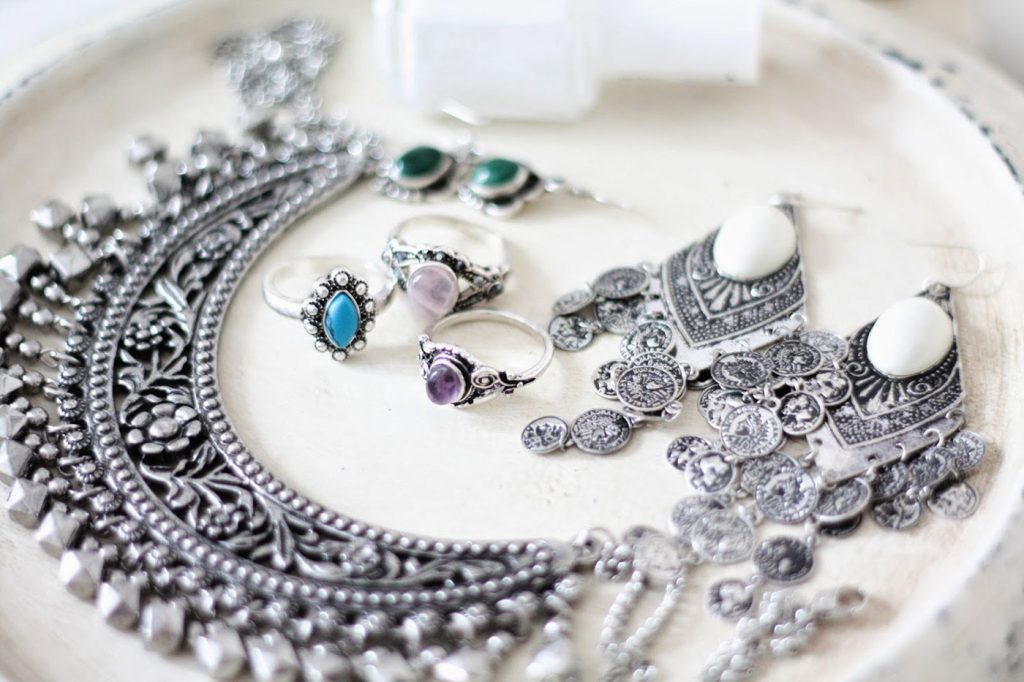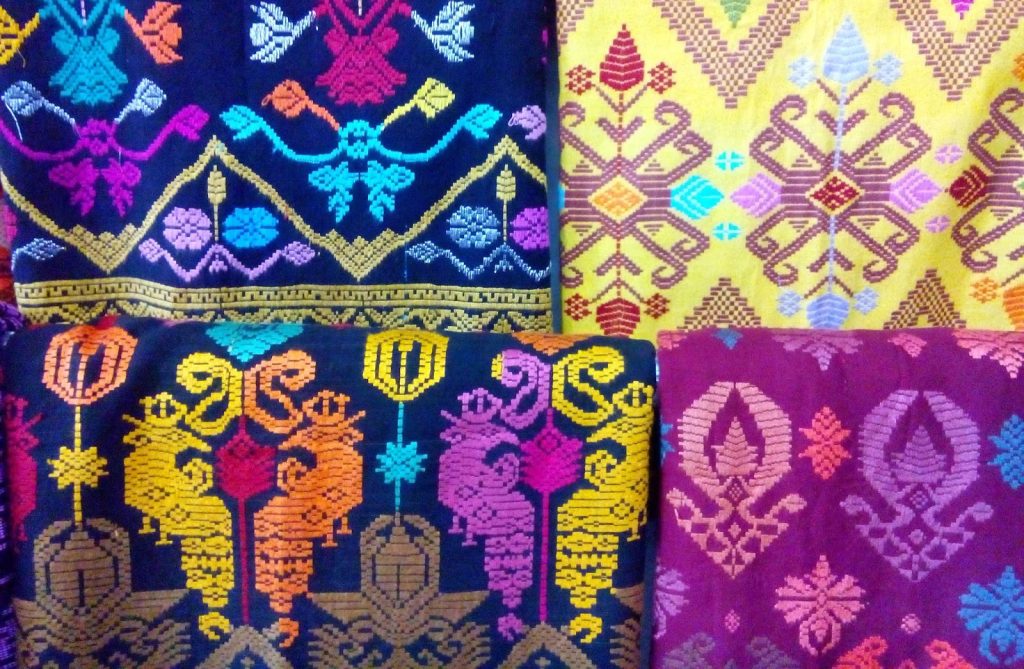CRAFTS
Bali is renowned for its rich artistic heritage, and three of its notable traditional crafts are silver smithing, painting, and wood carving:
Silver Smithing: Balinese silver smithing is a time-honored craft, with artisans creating intricate and beautifully detailed silver jewelry and decorative items. The village of Celuk is particularly famous for its skilled silver craftsmen, and visitors can witness the craftsmanship process firsthand, from molding the silver to intricate detailing and polishing.

Painting: Balinese painting is a vibrant and diverse art form that reflects the island’s unique culture and mythology. The styles range from traditional to contemporary, and you can find a wide variety of paintings depicting scenes from Balinese folklore, religious stories, and everyday life. The Ubud area is a hub for art galleries and studios where visitors can explore and purchase stunning Balinese paintings.
Wood Carving: Wood carving is an essential part of Balinese culture, and the island is adorned with intricately carved statues, doors, masks, and other ornamental items. The village of Mas is famous for its talented wood carvers, who use their skills to create expressive and intricate carvings, often depicting characters from Hindu mythology or nature-inspired designs.
Exploring these traditional crafts not only allows you to admire the incredible artistry but also provides insight into the cultural significance of these crafts in Balinese life. Whether you’re interested in acquiring a unique piece of art or simply observing the artists at work, Bali’s art scene offers a memorable and enriching experience.
Songket
Immerse yourself in the world of Songket Bali – a traditional textile masterpiece. Join us on a captivating Lovina tour as we delve into the intricate artistry, history, and significance of Songket in Balinese culture. we’ll unravel the secrets behind Songket Bali, its origins, the weaving process, and its remarkable role in Balinese ceremonies and celebrations.

The Magic of Songket Bali:
Songket Bali is not just a textile; it’s a work of art that embodies the essence of Balinese culture. Admired for its intricate patterns and vibrant colors, Songket is often woven with metallic threads, creating a shimmering effect that captures the eye and the heart. Each piece tells a story, representing the heritage and craftsmanship of the Balinese people.
A Glimpse into History:
The origins of Songket can be traced back to the royal courts of Indonesia. It was reserved for special occasions and worn by the nobility. Over time, this revered textile gained popularity among commoners as well, becoming a symbol of prestige and cultural pride.
The Weaving Process:
Creating Songket is an intricate process that requires skill, patience, and a deep understanding of traditional techniques. Skilled artisans meticulously weave each thread, incorporating intricate patterns inspired by nature, mythology, and daily life. The shimmering metallic threads are carefully integrated, adding an element of elegance to the textile.
Songket in Balinese Culture:
Songket holds a special place in Balinese ceremonies and rituals. It is often used as ceremonial wear during temple festivals, weddings, and other significant events. The textile is believed to possess spiritual significance, serving as a bridge between the earthly and spiritual realms.
Souvenirs and Keepsakes:
During your Lovina tour, you’ll have the opportunity to bring a piece of Balinese culture home with you. Songket makes for a perfect souvenir, a tangible memory of your time in Lovina. Whether as a decorative wall hanging or a stunning piece of clothing, Songket will always remind you of the beauty and authenticity of Balinese heritage.
Exploring Lovina’s Cultural Hubs:
As you explore Lovina, take the chance to visit local workshops and galleries where artisans continue to create Songket masterpieces. Engage in conversations with skilled weavers, gain insights into their techniques, and even try your hand at weaving under their guidance. It’s an experience that will deepen your appreciation for the artistry behind Songket.






